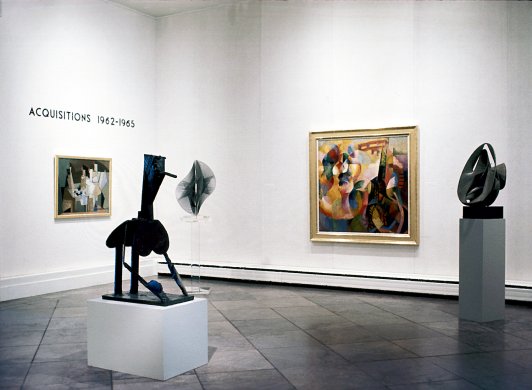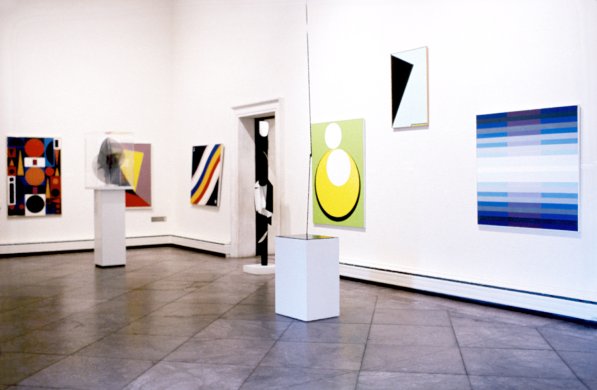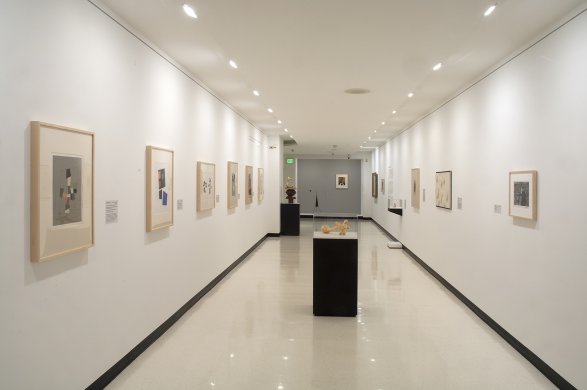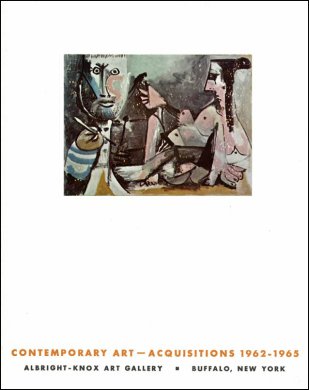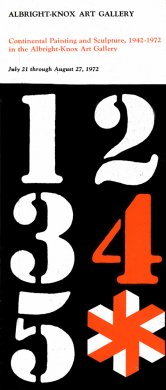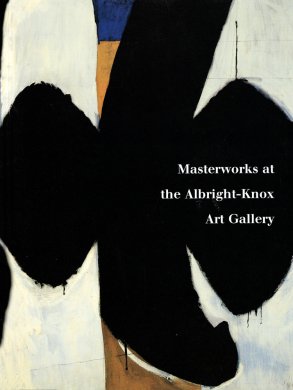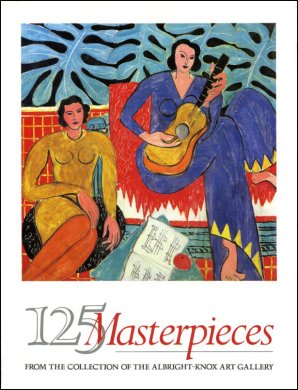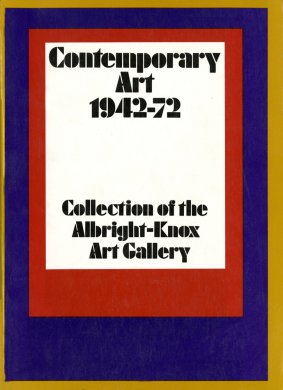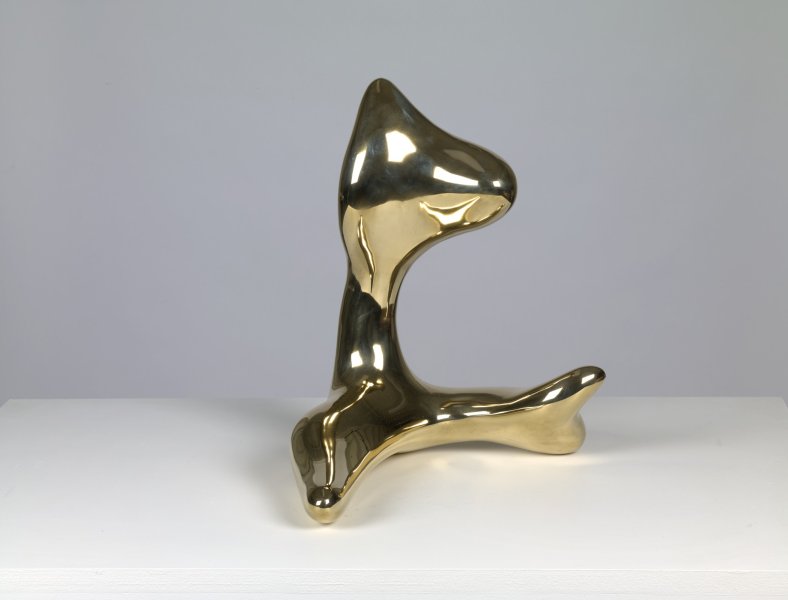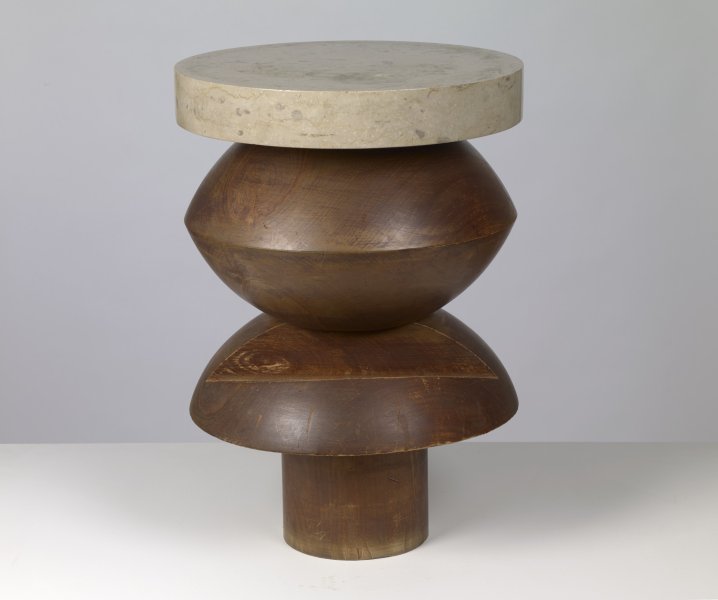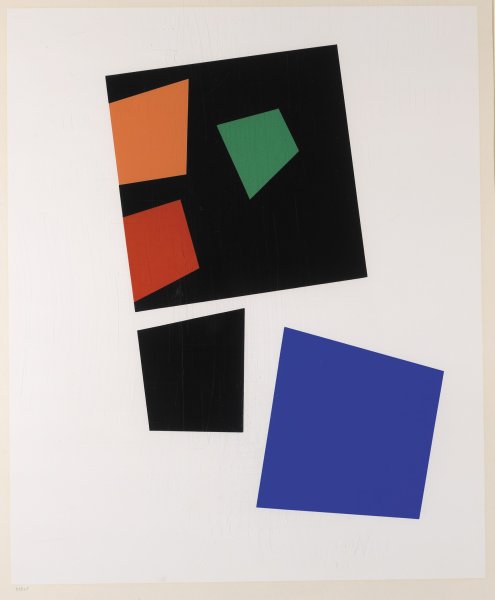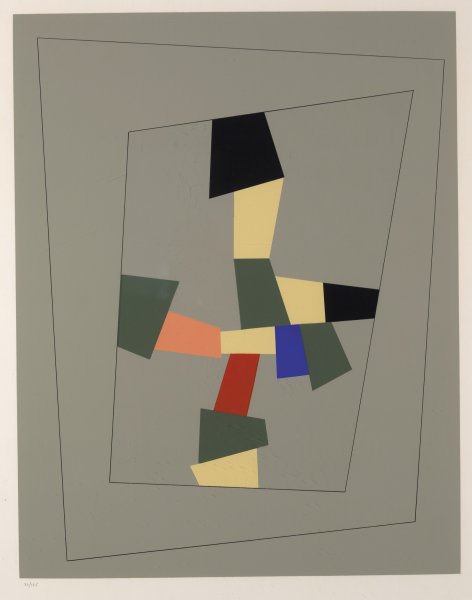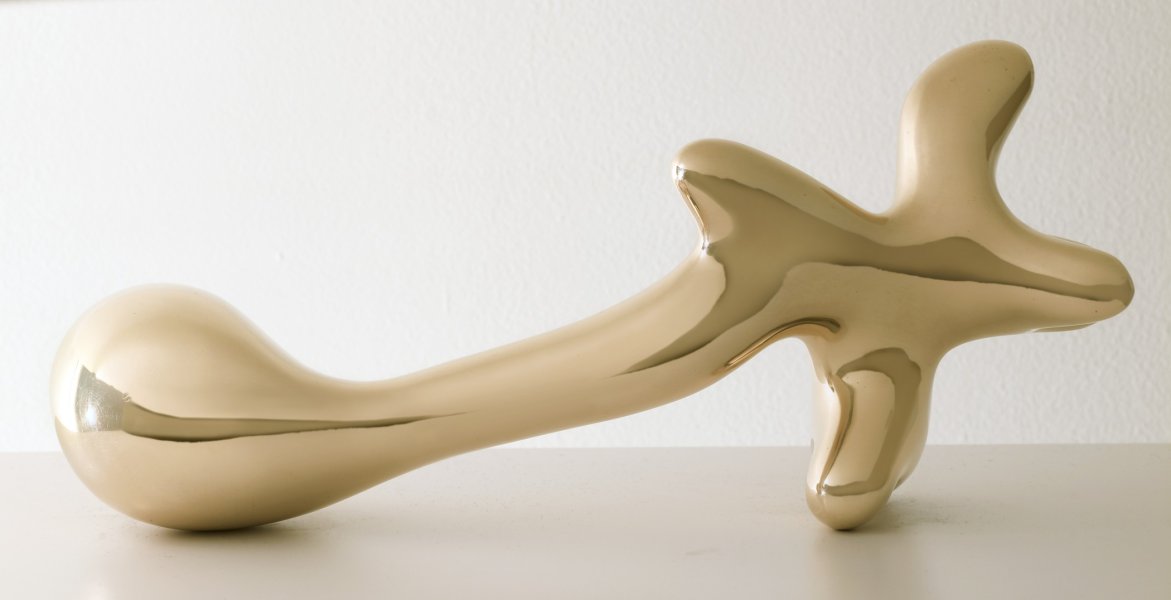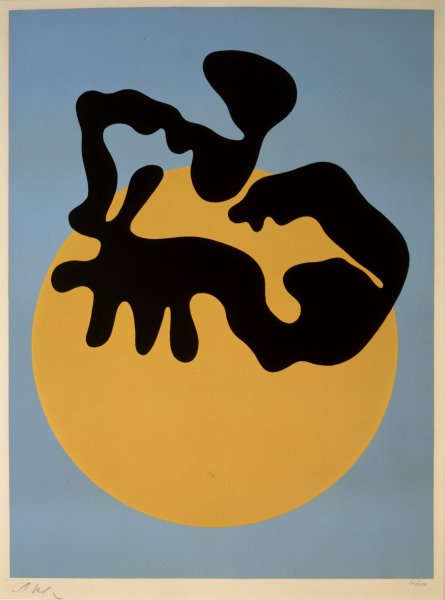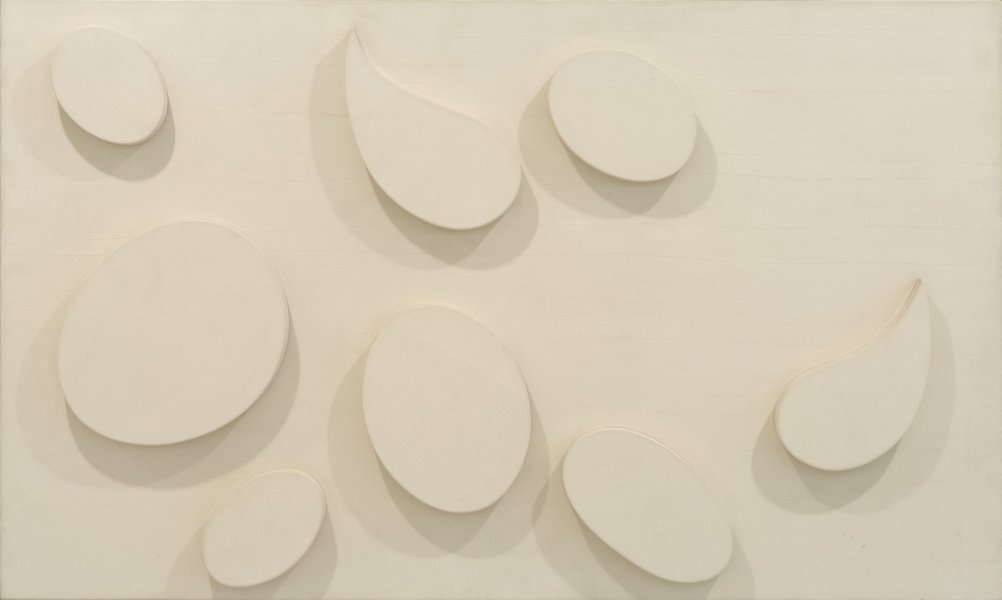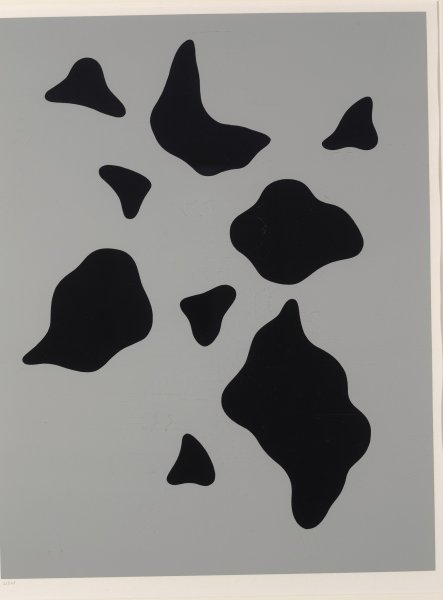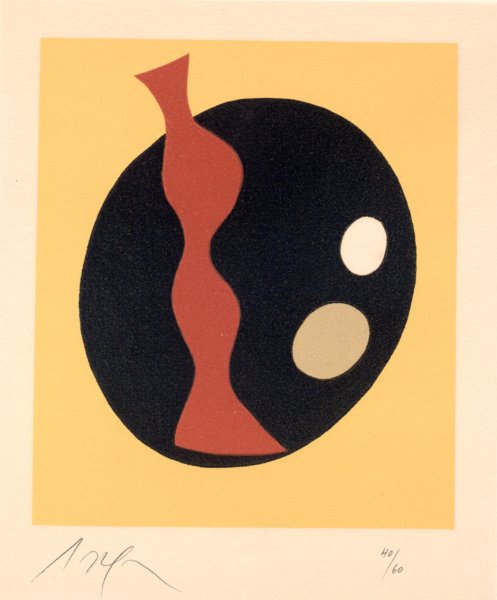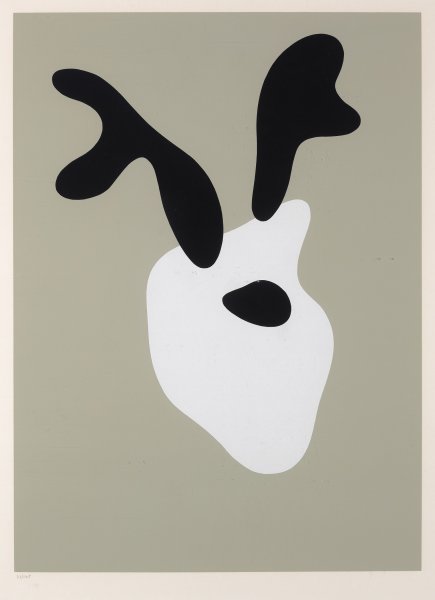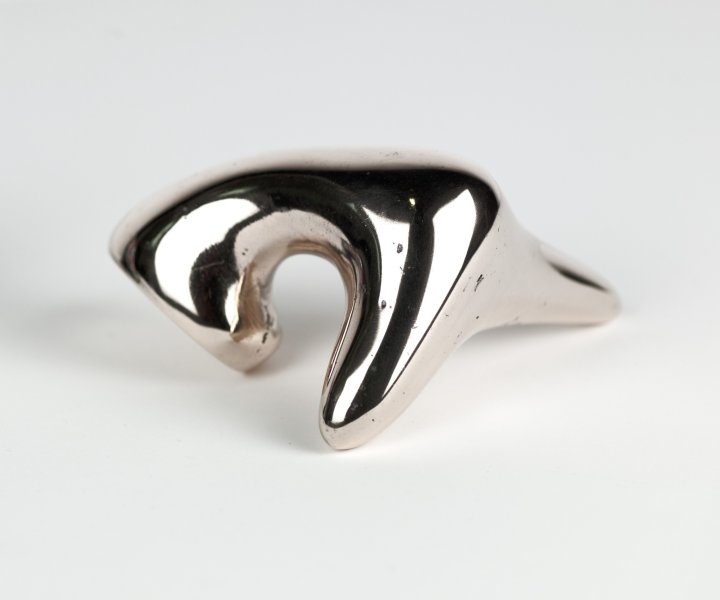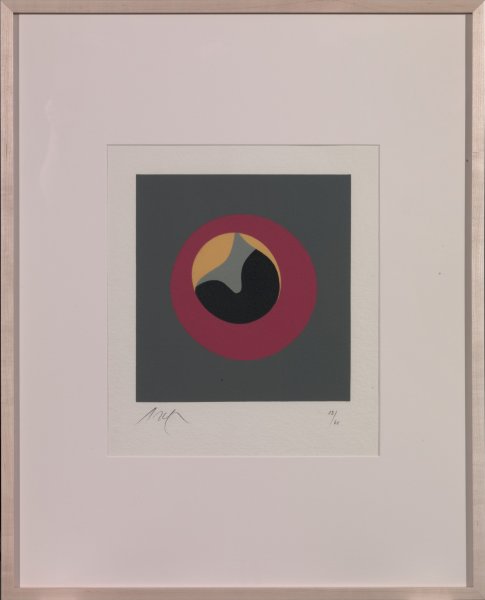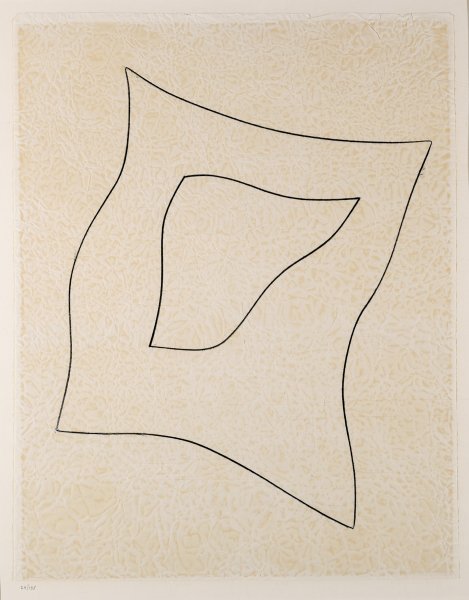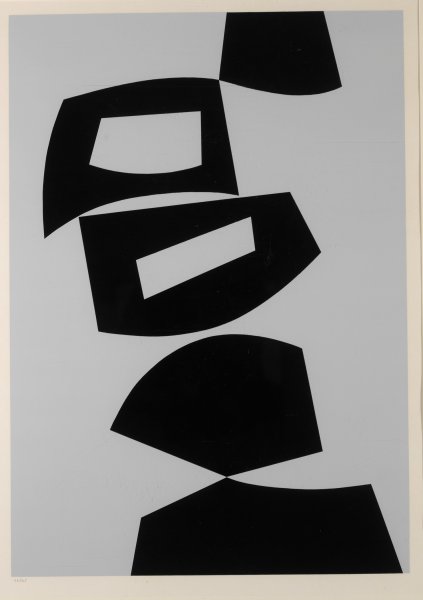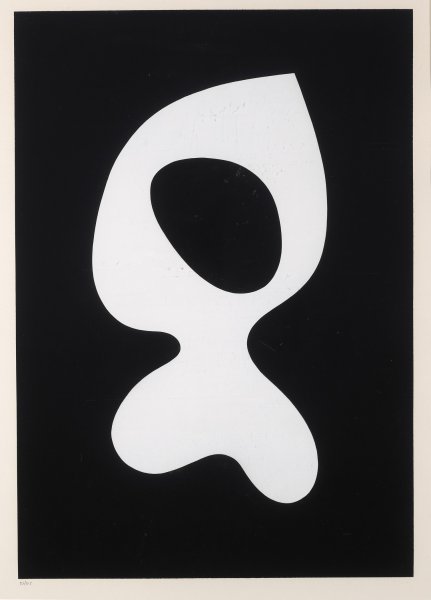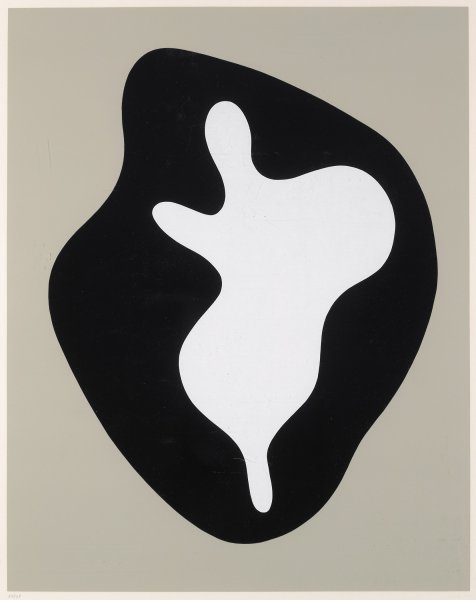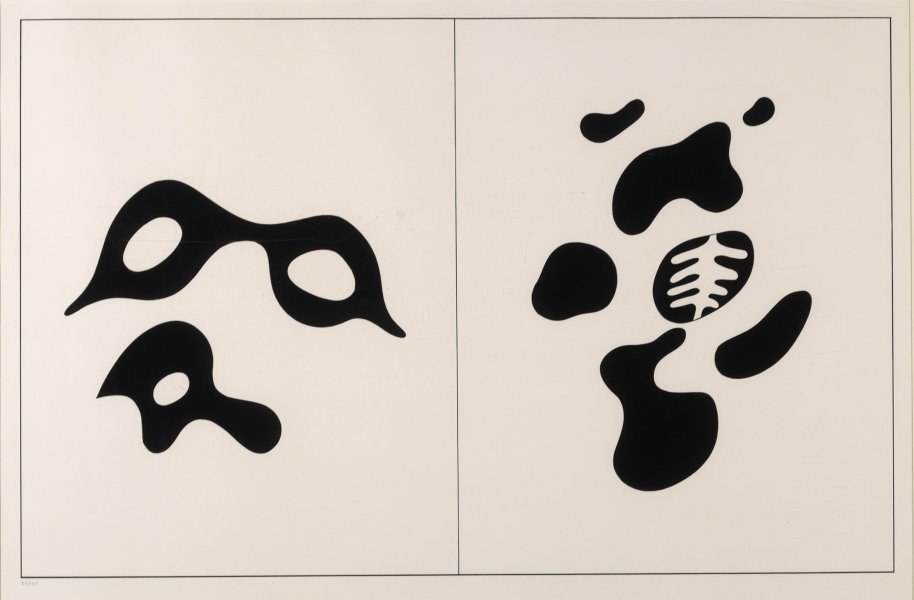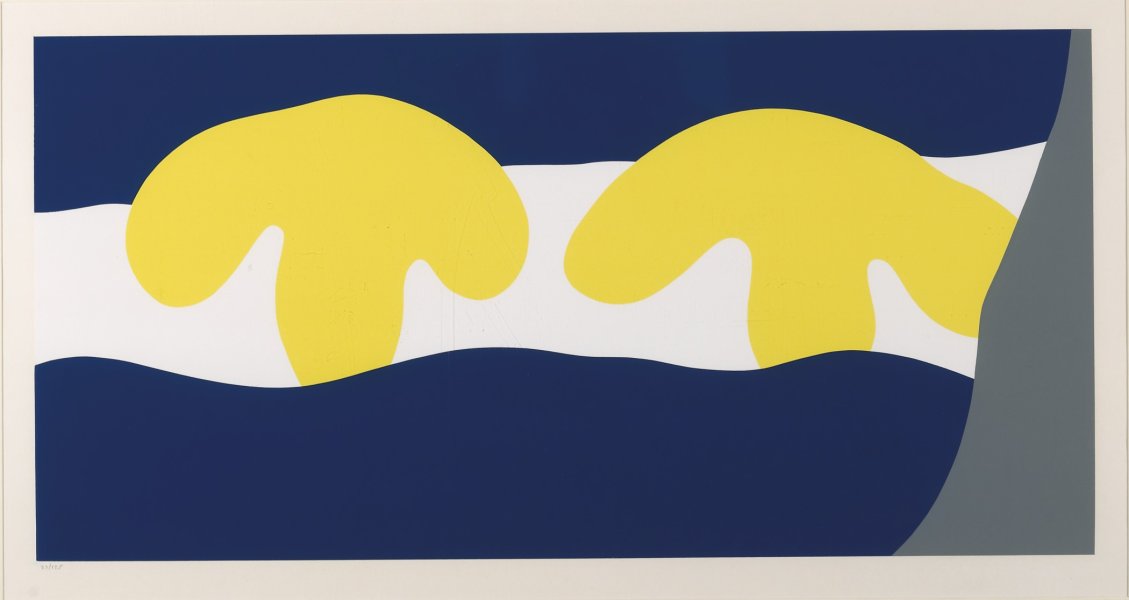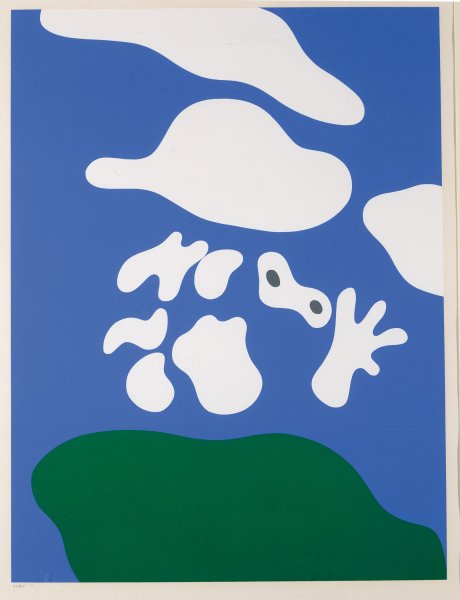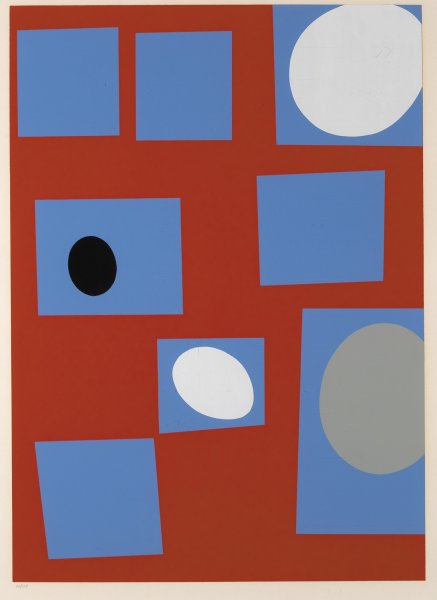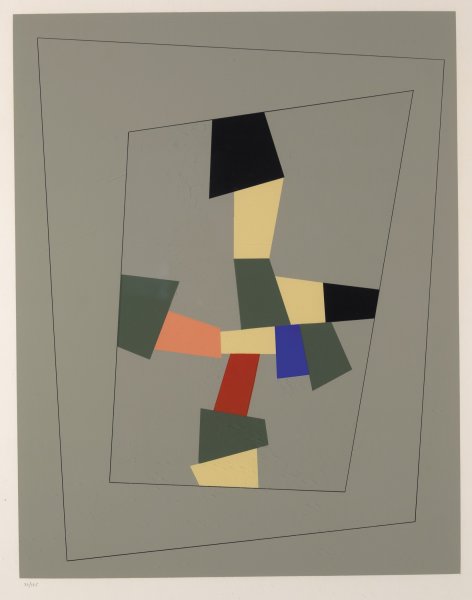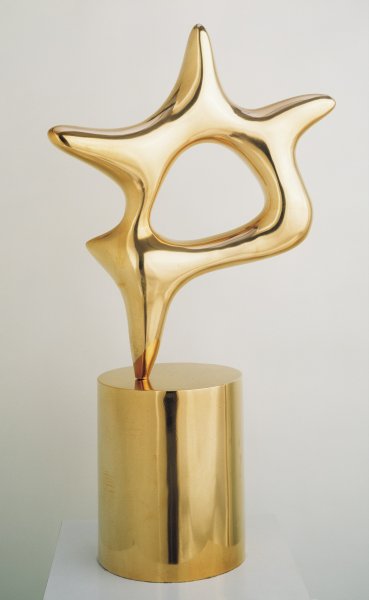Jean (Hans) Arp
French, born Germany, 1886-1966

Sculpture classique (Classical Sculpture), 1964
Artwork Details
Collection Highlight
Materials
marble
Measurements
overall: 96 x 14 x 16 inches (243.84 x 35.56 x 40.64 cm)
Collection Buffalo AKG Art Museum
Credit
A. Conger Goodyear Fund, 1965
Accession ID
1965:3
In 1908, Jean (Hans) Arp moved to Paris to study art, but he quickly came to disapprove of formal academia. Therefore, in 1909, he moved to the small town of Weggis, Switzerland, where he worked for several years in isolation. Two years later Arp visited the artist Vassily Kandinsky (Russian, 1866–1944) in Munich. There he encountered the artists of the avant-garde group Der Blaue Reiter (The Blue Rider). Soon after, Arp began contributing to the group’s publications and exhibitions. It was around this same time that he began experimenting with free-form imagery, which became a vital compositional component of his work.
During the 1950s, Arp made two trips to Greece, which led to his renewed interest in the classical human form. In Classical Sculpture, the standing female body is reduced to gentle curves that visually articulate recognizable parts of a figure, including shoulders, a bust line, and hips. However, unlike his earlier sculptural works that often incorporate a base of contrasting materials, such as Somersault, 1942, the elegant form of Classical Sculpture melds seamlessly with the base to create a singular structural outline.
